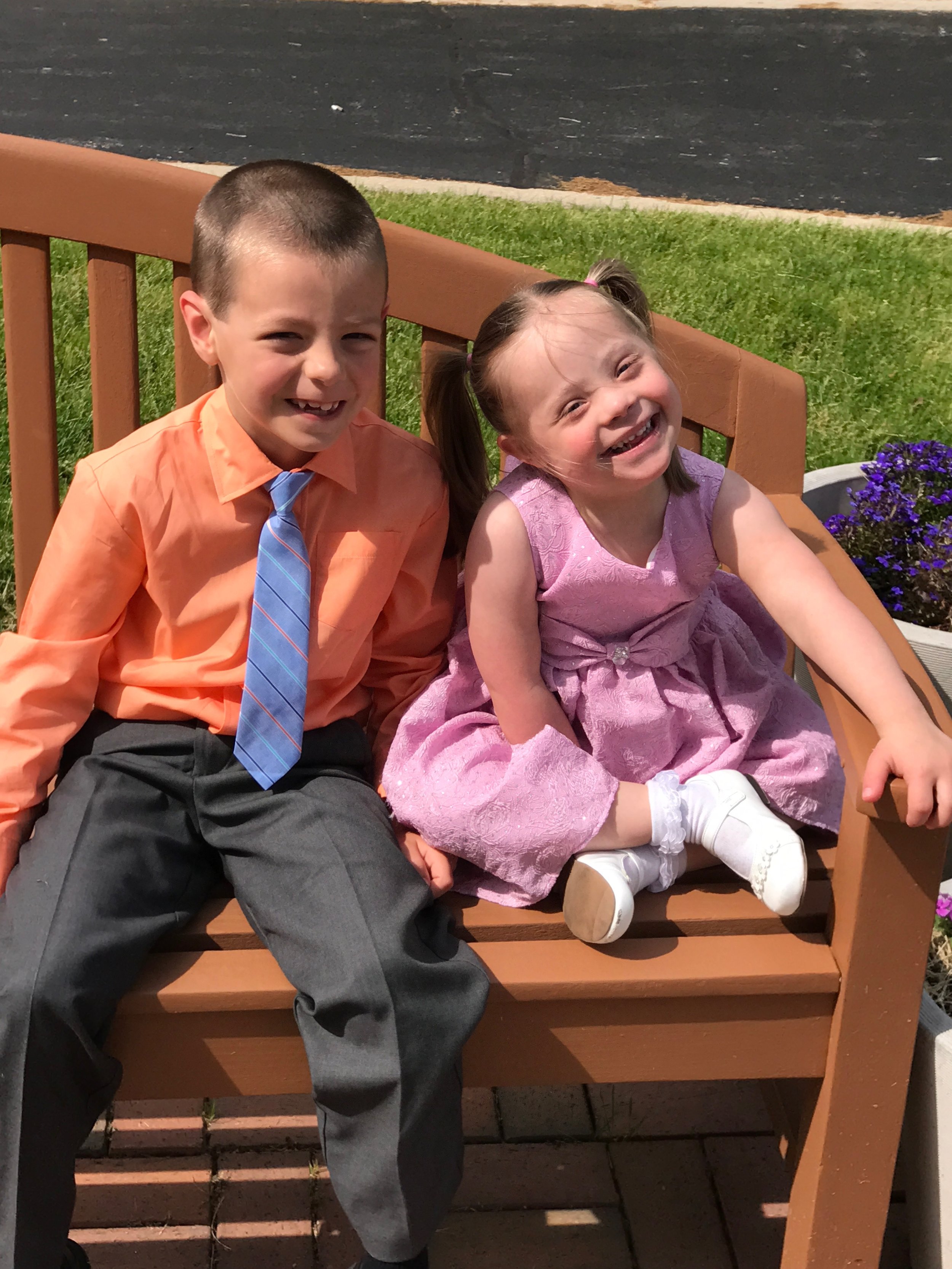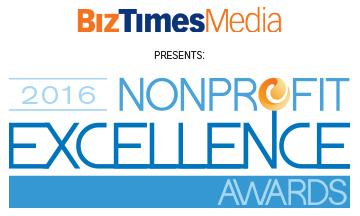by Kurt Reising
Explaining Down syndrome to young siblings is a difficult but necessary conversation to have. My daughter Audrey was born with Down syndrome when my son Clayton was two. He had no idea or reason to suspect that there was anything different about his little sister. This began to change as Clayton became older and more perceptive. He started to wonder things out loud, innocently asking things like when Audrey would talk.
My wife, a registered nurse, eventually had a conversation with Clayton and explained to him, in terms he could grasp, that Audrey has Down syndrome. She was sure to let him know that she was not in any pain, but just wasn’t going to be able to do things as soon as other children normally learn to do them. This conversation was only the beginning, but I believe it started Clayton on a path to being the best sibling he can be for Audrey.
Brian Skotko, Sue Levine, and Richard Goldstein performed a study that showed that nearly ninety percent of older siblings believe they grew up to be better people because their younger sibling has Down syndrome. Communicating with your child lets them understand their sibling, and also understand that they can ask about things. This can lead to them becoming a helper in raising their sibling. Clayton does not know it yet, but just being a good brother is an opportunity for him to learn about inclusion and empathy, and ultimately be a better person.
Being an older sibling already carries a burden of responsibility, and this can be magnified if your younger sibling has Down syndrome. This is something my son gets frustrated with, and is still learning to deal with. Sometimes Audrey is naughty or gets into his things. Clayton sometimes feels frustrated that she does not always understand that he is upset when she does things that are against the rules. Though I know that this scenario is not so different from scenarios had by any set of siblings, there is a difference when one of the children has Down syndrome. Clayton has to be reminded that Audrey loves him, and though it is unfair; he needs to be reminded that Audrey does follow his example, so he should try to set a good one.
We try not to put Clayton in a position where he feels obligated to act differently, but this is somewhat unavoidable as Audrey does feel that she can do anything she has seen her big brother do. I like to frame it positively, making sure to point out how Audrey thinks Clayton is pretty cool. There can also be feelings of jealousy, as Audrey gets a lot of attention from supportive family, friends and even the occasional stranger who wants to meet her. She gets a special day each year where we all go join team Audrey for the Down Syndrome Awareness Walk, and she gets praise for doing things that he has no problem doing. According to the same study cited above, siblings younger than eighth grade are more likely to feel a difference in attention given to their sibling with Down syndrome. Conversations reassuring his importance and specialness are important.
It goes without saying that you will have to have a conversation with typical siblings at some point. This varies with age; in our case we let it go for a while until Clayton was old enough to understand. Even after the initial conversation, I think it is a good idea to try anticipating further questions, so you are prepared to answer those questions in a positive, truthful and accurate way.
Sibling relationships are often contentious, whether or not Down syndrome is involved. Many of the arguments, disagreements, and other strife are common amongst all siblings. This is something that Clayton has to be reminded of as well. Audrey is not taking his toys because she is different; she is actually doing it because she is the same.
Having communication with siblings about these issues allows them to be better equipped to handle their feelings of frustration and jealousy. It helps them be involved, and ultimately creates an informed advocate and protector who will learn empathy, inclusion, and responsibility. Having a brother or sister with Down syndrome can be difficult for a child, but communication and inclusion of siblings will be beneficial to all.

















